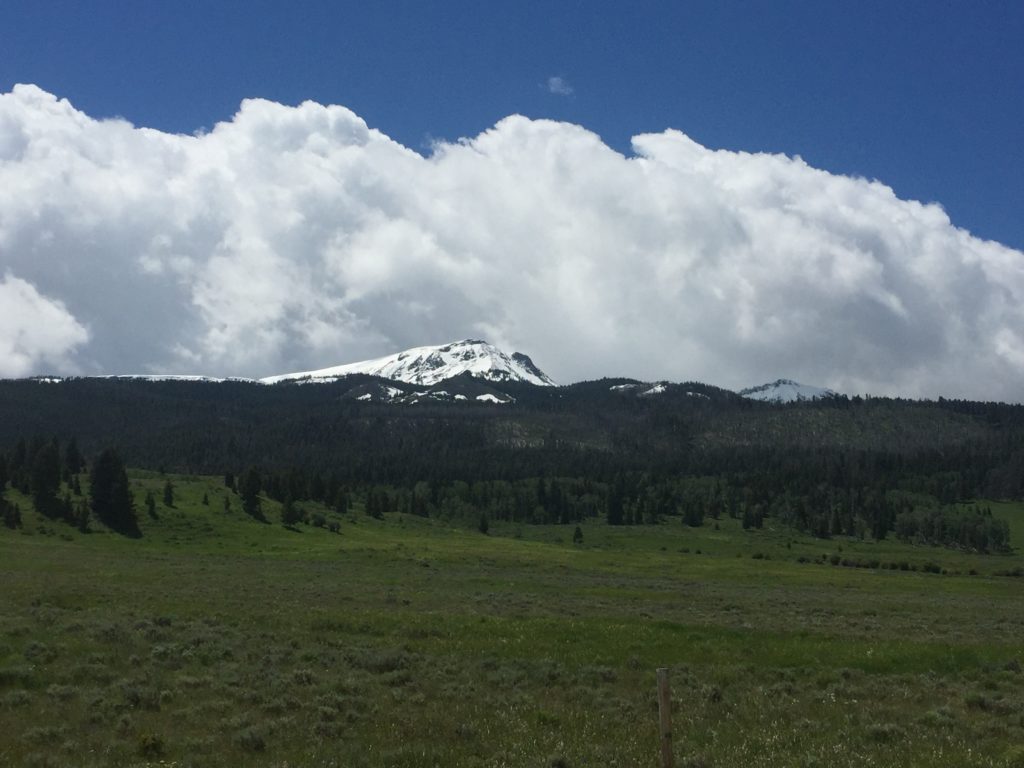
The Centennial Valley of Southwest Montana is about 50 miles long heading east and west and is right in the Greater Yellowstone Ecosystem. To the south is the Centennial Mountains running parallel of the valley. The crest of the Centennial Mountains is the Continental Divide and the Montana/Idaho border.
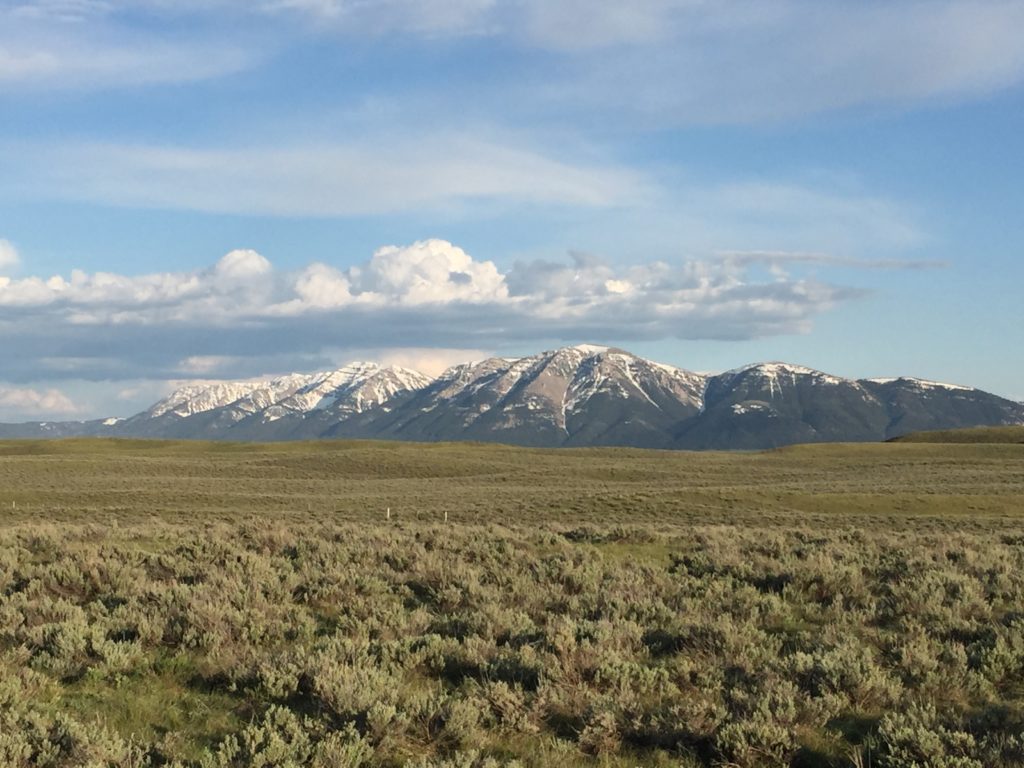
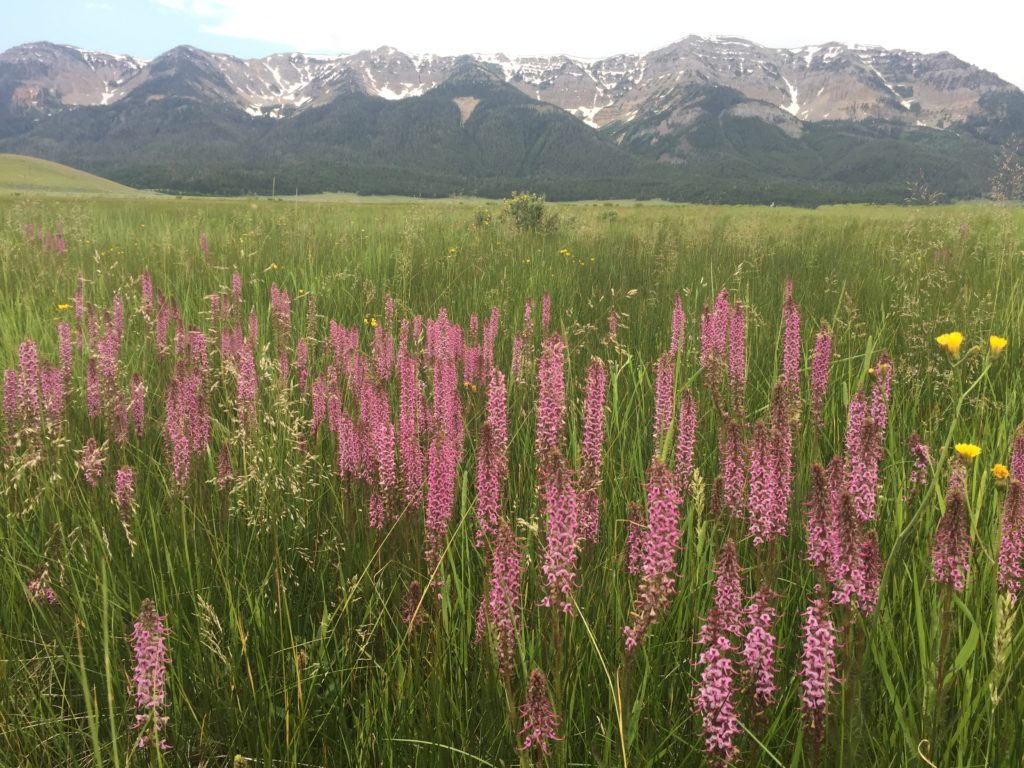
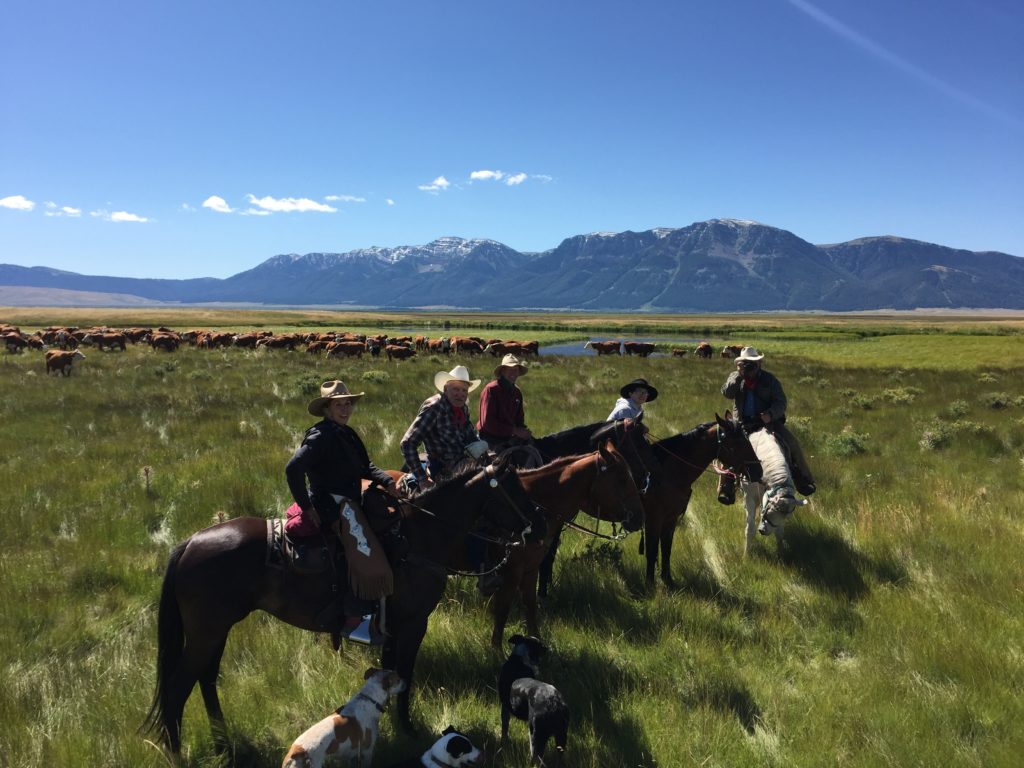
Ranching plays a huge roll in the Centennial Valley. You’ll see thousands of cattle stretched throughout the valley from May-November.
Ranching is the reason the Centennial Valley got it’s name. Cattleman looking for more pasture during our countries centennial year (1876) discovered the valley, so it was named the Centennial Valley.
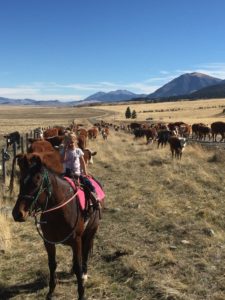
Red Rock Lakes National Wildlife Refuge is a remote refuge located in the high altitude of the Centennial Valley, in the southwestern region of the U.S. state of Montana. Adjacent to Gallatin National Forest and near Yellowstone National Park, the refuge is an integral part of the Greater Yellowstone Ecosystem. Red Rock Lakes is best known for being the primary location for the efforts saving the trumpeter swan from extinction, which by 1932 had fewer than 200 known specimens in the United States and Canada. By the year 2002, an estimated 3,000 trumpeters were wintering on the refuge, many having migrated south from their summer range in Canada. The trumpeters are now so plentiful that efforts are being undertaken to help them reestablish historical migratory routes to areas further south in the Rocky Mountains and the Great Basin region. The elegant trumpeter swan is North America‘s largest waterfowl, with a wingspans of 8 feet (2.6 m) and they can weigh up to 30 pounds